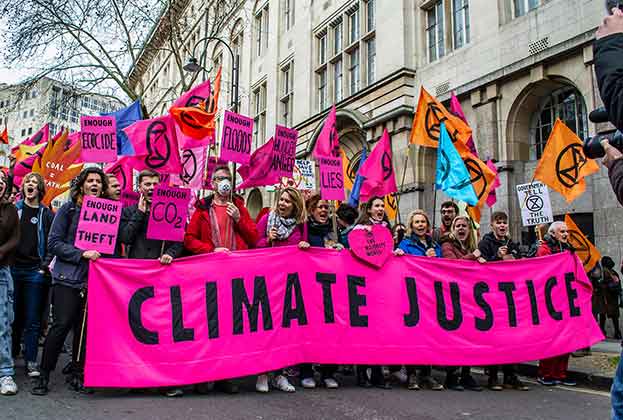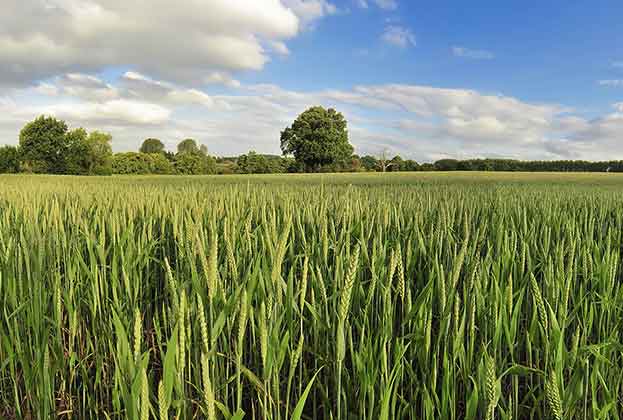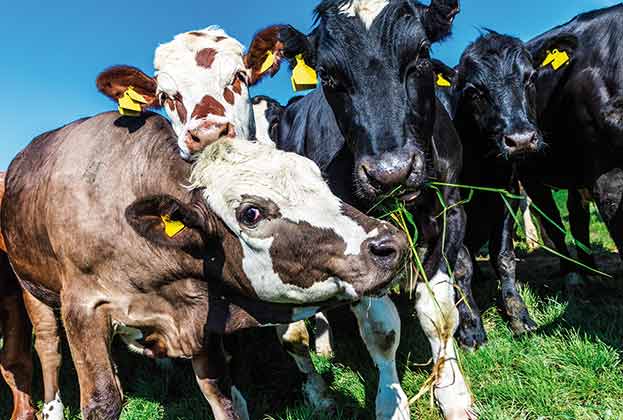Development of robust methods to measure what’s underfoot
The land use sector has been firmly in the spotlight for its emissions impact, but tree growth, peatland restoration and well-managed soils are key for carbon sequestration. Measuring and verifying the quantity of carbon within a farm is essential both to identify where costly inputs are being wasted, and to ensure that nature-based solutions to increasing carbon storage receive due investment.
Determining the exact amount of greenhouse gasses that are emitted or sequestered is close to impossible. Instead, proxies and standards are used to regulate the industry and deliver final figures of carbon dioxide equivalent (CO2e). It is by no means an exact science, but the methods are now robust enough for land managers to deploy them in the field.
Soil
The most accurate way to measure carbon sequestration rates is through regular analysis of the change in soil organic carbon (SOC) content over time. Measuring changes requires a soil sampling strategy that captures the natural variation in soil carbon across the field, as well as a measure of SOC concentration and bulk density of the soil sample. Soil sample tests are usually conducted in laboratories, but costs are reducing as technology improves.
Farmers can also conduct proxy tests on farm to monitor soil health. These tests do not provide a figure for carbon sequestration, however they are helpful in tracking soil improvement.
The 2020 Agriculture Bill commits to providing financial assistance to farmers for protecting and improving soil quality
Savills Rural Research
SOC delivers multiple agronomic benefits as well as carbon balance advantages, but the potential for farmers to be paid for storing carbon in soil remains remote. The 2020 Agriculture Bill commits to providing financial assistance to farmers for protecting and improving soil quality. However, the UK currently lacks an industry standard for converting soil carbon sequestration improvement into 'verified' and hence tradeable carbon credits. There are systems for verifying and then selling soil carbon sequestration in Canada, America and Australia. With the importance of SOC becoming ever more obvious, research continues to explore simpler, cheaper and more accurate ways of quantifying the carbon beneath our feet and incentivising land managers to deliver more of it.
Woodland
The Woodland Carbon Code (WCC) is a UK assurance scheme for woodland carbon. The WCC has developed a standardised calculator to calculate the amount of carbon sequestered through new woodland planting. The factors that influence this are tree species and age, yield class of the timber, spacing of the trees, management regime (regularity of thinning), area of woodland and age at timber felling. These figures then project the amount of carbon that will be sequestered as the woodland grows. Each tonne of projected carbon sequestration is called a Pending Issuance Unit (PIU), which, once the project is registered under the WCC, can be sold to companies or individuals wishing to purchase woodland carbon credits. PIUs are a guarantee of future sequestration, and once they are verified they are converted to Woodland Carbon Units. These full carbon credits can then be retired or reported through sale.
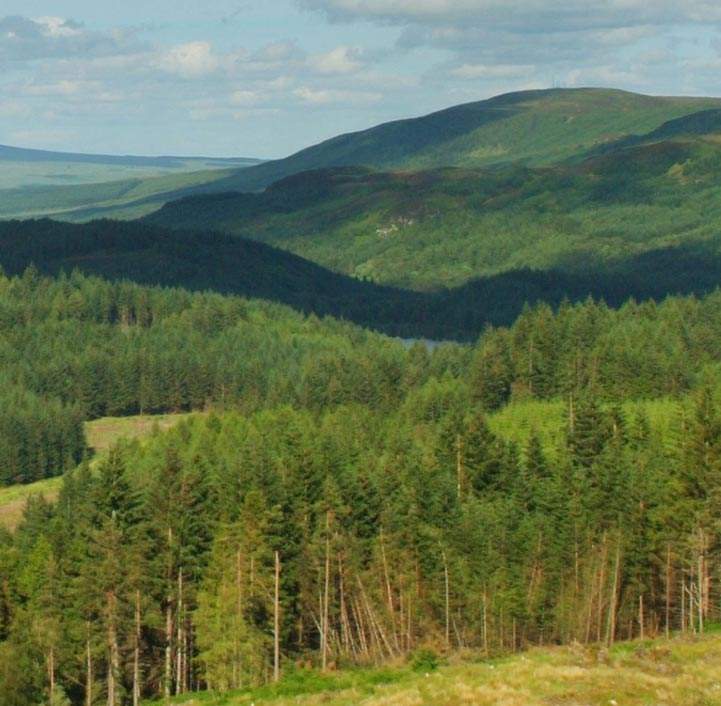
Peatland
The Peatland Code is a certification standard for UK projects wishing to quantify and market the carbon sequestration of peatland restoration. The code sets out best practice requirements alongside a standard method (involving aerial and field assessment) for calculating baseline and future sequestration. As with the WCC, independent validation and verification of the project ensures that buyers can be confident in purchasing peatland carbon units.
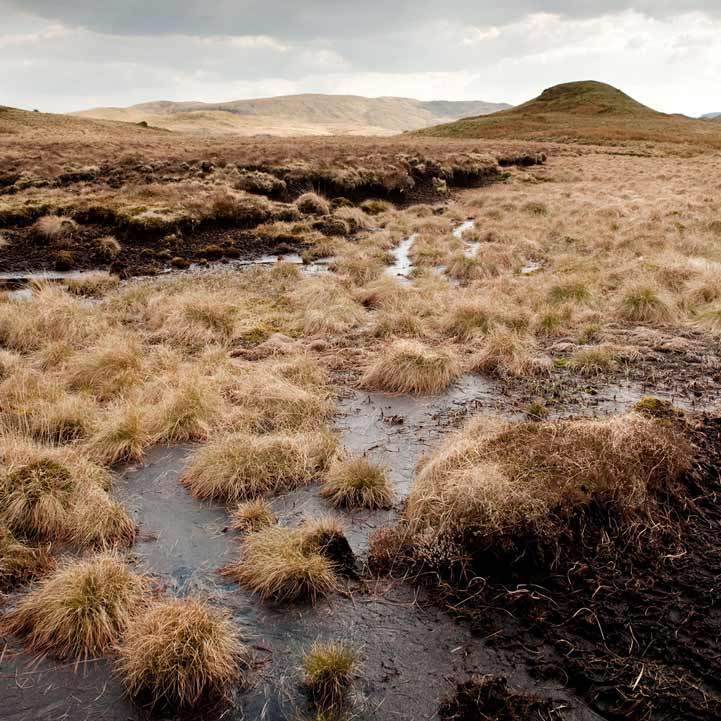
Focus on methane
For agriculture, the emission of methane is a key issue. The way we quantify these emissions and convert them to carbon dioxide equivalents will have significant consequences, and so it remains a hotly debated topic.
If you emit a molecule of carbon dioxide, that molecule will remain in the atmosphere until it is sequestered. It will continue to cause global warming for decades. Even if no further carbon dioxide is emitted, temperatures would remain at an elevated level.
If you emit a molecule of methane, natural processes will remove that molecule after around 12 years. After that, the methane molecule can no longer contribute to climate change. If it is not replaced, temperatures would fall back to what they were before, assuming all else is the same.
Conventional metrics of climate impact do not take this into account. Instead, they show falling methane emissions as equivalent to an amount of carbon dioxide that would continue to cause global warming. But the differences between carbon dioxide and methane mean that decreasing emissions would ultimately lead to lower global temperatures.
A new way of measuring global warming potential takes methane’s short lifetime into account by focusing on changes in the rate of emissions. This better reflects the climate impact of methane.
Read the articles within Spotlight: Rural Land and Carbon below.
.jpg)
